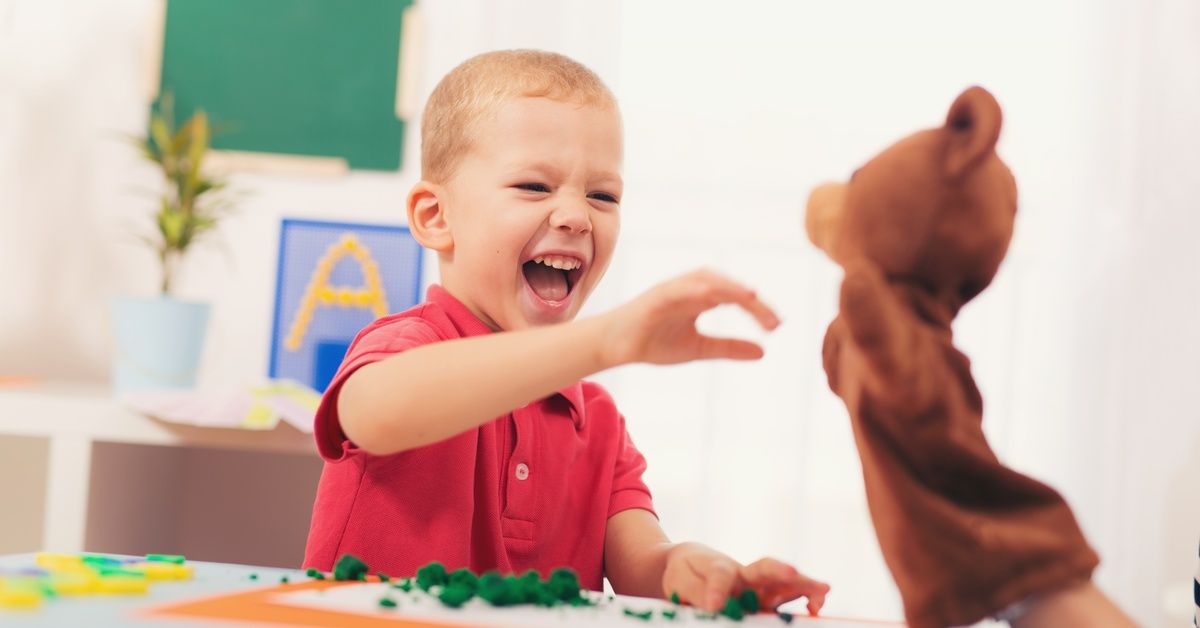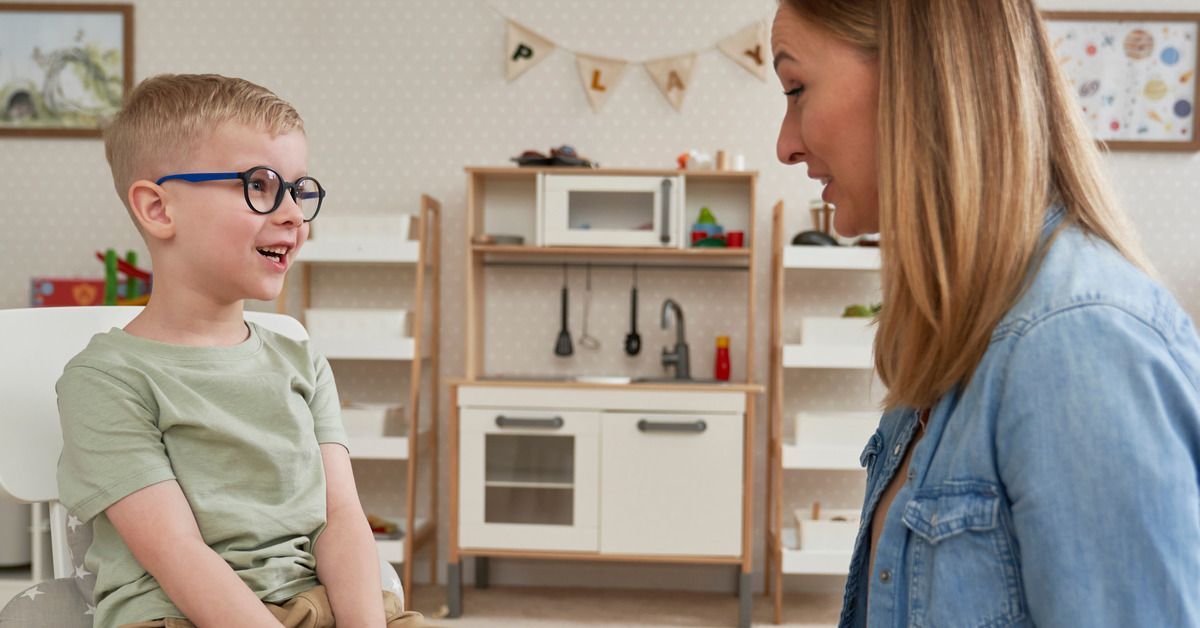What Is Positive Reinforcement in ABA Therapy?
Positive reinforcement is one of the most powerful and effective tools for raising children. Through this approach, you can instill and teach good behaviors and habits and curb negative behaviors. But what is positive reinforcement in ABA therapy?
Positive reinforcement encompasses the approach used during your child’s Applied Behavioral Analysis therapy sessions. This approach helps learners comprehend the cause and effect between common scenarios and their behavior. Positive reinforcement is foundational to learning and mastering other developmental skills within the ABA program.
Create Positive and Effective Changes
For children with autism spectrum disorder, ABA therapy and positive reinforcement are the building blocks to success. These methods can be life-changing and help children learn new skills that will aid in them becoming independent and self-sufficient.
Over time, positive reinforcement will encourage behavioral changes for the better. Through ABA and positive reinforcement, your child will learn ways to self-soothe, find alternatives to repetitive behaviors, and more. This method is predictable, continuous, and reliable.
What Is Positive Reinforcement?
Positive reinforcement is an excellent way to instill good behaviors, but what is positive reinforcement’s role in ABA therapy?
In ABA therapy, positive reinforcement is the technique that specialized therapists use to help teach new behaviors. Positive reinforcement directly adds an item, activity, or prize after a desirable behavior. This strategy will incentivize the child to engage in positive behaviors.
For example, you could give your child a cookie after cleaning up their mess or give them extra play time to do a task correctly. Through this method, a child may have the motivation to learn new life skills and improve upon what they already know.
Ways Positive Reinforcement Is Used in Therapy
ABA therapists use positive reinforcement to turn problematic behaviors into positive behaviors. Professionals base this technique on the ABC model of behavior modification.
- Antecedent: the situation or item that triggers the behavior
- Behavior: the action performed because of the trigger
- Consequence: the outcome of those actions.
The therapist will begin developing an individualized program that caters to your child’s needs, interests, and abilities by identifying the triggering situation or item. From there, the therapist will choose reinforcers to influence positive behaviors.
Let’s work together to foster positive and alternative behaviors in your child. You and your child will learn new ways to handle different scenarios through our ABA therapy center. In addition to increasing positive behaviors, we will encourage learning new ways to curb aggressive behaviors.
Contact us today for more information.







